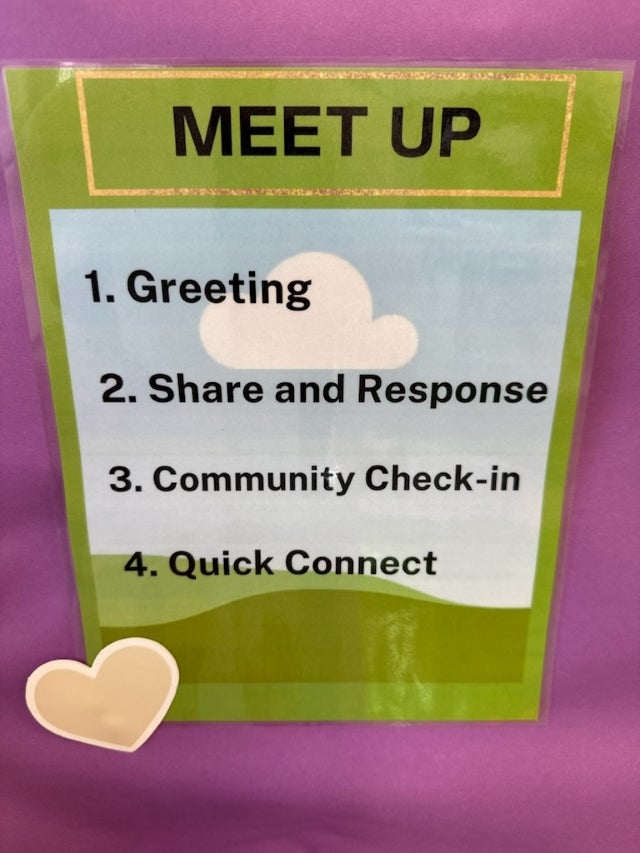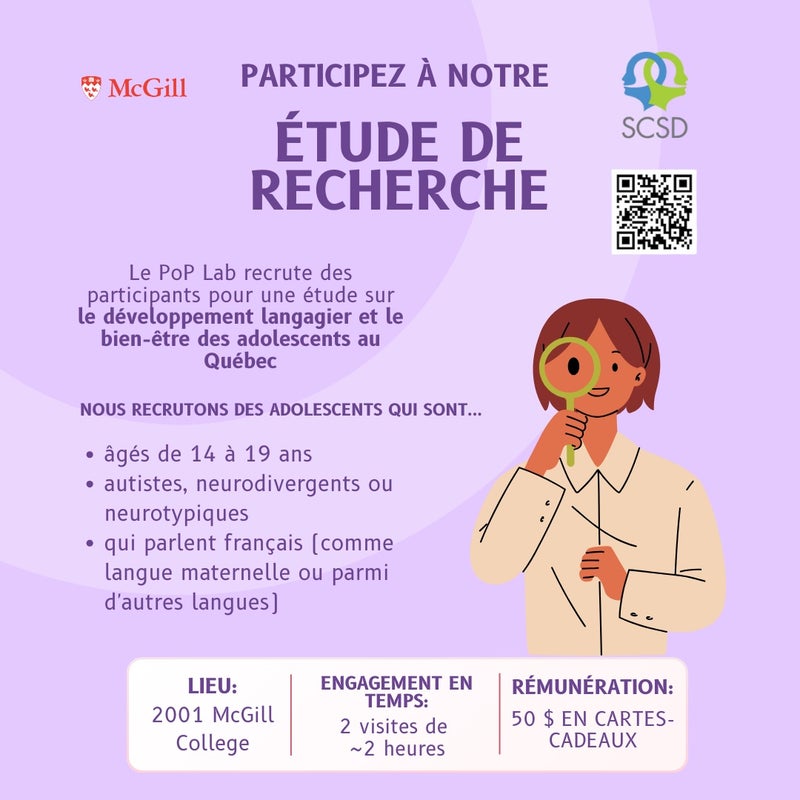SEL program helping forge connections amongst Elizabeth Ballantyne students

When the homeroom bell rings at Elizabeth Ballantyne Elementary School (EBS) come 9 o’clock, students know the drill. They gather in a circle around the designated green carpet for their 10-minute “Morning Meetup.” The ritual – consisting of a greeting, an opportunity to share thoughts or feelings about a certain topic, community check in and quick connect activity – is conducted as part of EBS’ schoolwide social-emotional learning program (SEL).
“Everybody feels centred, grounded, heard and seen before they even start their day,” said kindergarten teacher Eliane Shrybman, working at this English Montreal School Board (EMSB) school in Montreal West. “We want our students to have emotional literacy, and we believe it starts from a young age.”
The school has long been a strong proponent of SEL, an educational method that teaches how to manage emotions and build relationships, among other skills. EBS has implemented a number of different variations of the program over the years, ultimately settling on the Harmony SEL.
Based on a curriculum coming out of the US-based Harmony Academy, it prioritizes the understanding of one self’s own emotions before collaborating and understanding those of their peers.
“The main goal of the program is to build connections and comfort amongst our students,” said special education technician Carmelina Colafabio. “It’s about allowing the children the freedom of speech and to feel comfortable sharing their feelings.”
The implementation of the Harmony SEL program at the school began gradually in March 2024, following a visit EBS staff made to two schools in San Diego, California. The school was the recipient of the John Killingbeck Scholarship, as awarded by the Leadership Committee for English Education in Quebec. Thanks to the grant, Shrybman, Colafabio, Grade 4 teacher Daniela Colafabio, EBS principal Sam Servello and EMSB Special Education Consultant Allison Holloway had the chance to see the program in action and learn from like-minded educators, further inspiring their work back home.
“We looked for schools that had a great program that seemed to be successful,” said Shrybman. “We wanted to learn from them. We sat in on their classes and watched it happen at different ages.”
“Between first implementing the program in March and the end of the school year in June, we saw tremendous growth amongst our students,” said Daniela Colafabio. “Other teachers saw us doing it and that really helped them commit to it as well.”
The program is not only student-centred, but oftentimes is student-led, teaching them to solve their problems themselves with minimal to no interventions from a teacher. The benefits of the program also often can be felt outside the classroom, in the schoolyard or even at home.
“We might be there to say how can we help, but they are coming up with the solution, which is really nice to see,” said Daniela Colafabio.
The school hopes to further build upon the program during this school year. They have already gradually started a class buddy-up system, which sees different grades engage in group activities together within the school day. EBS staff is also hoping to have designated Harmony kits, featuring connect cards, conversation starters and other material, available in all classrooms.











